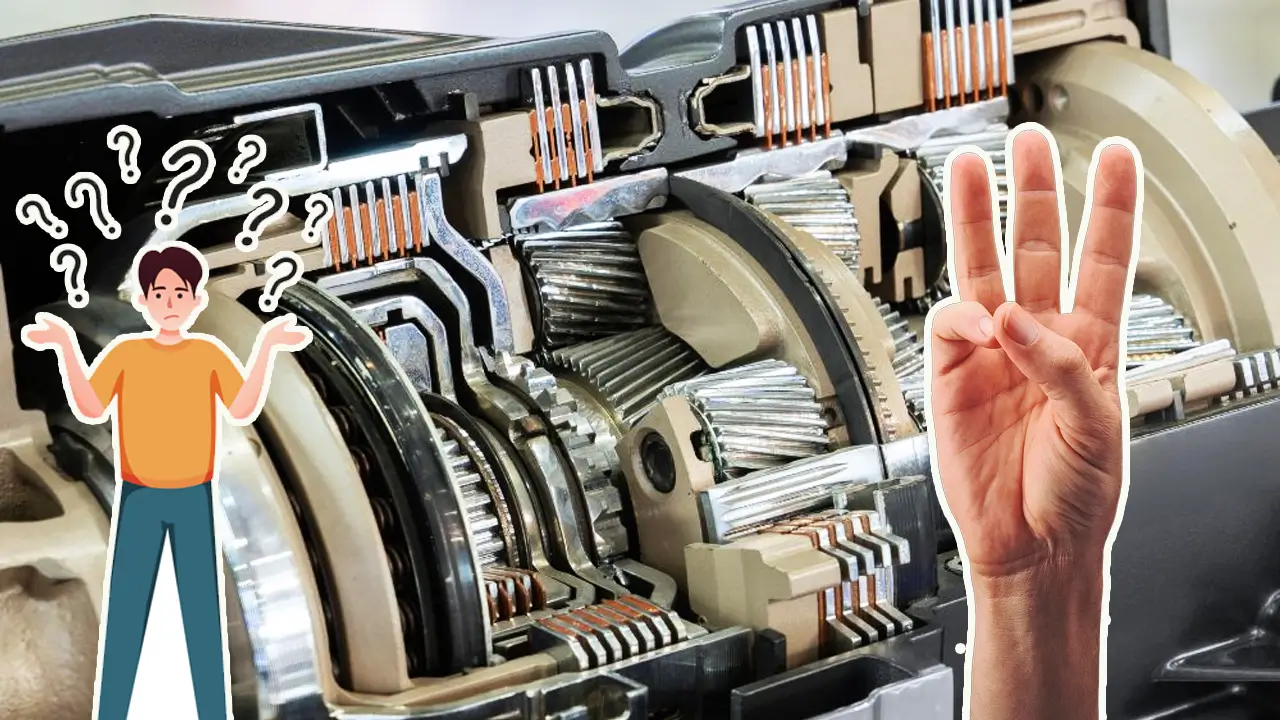Clutches in automatic transmissions are essential for seamless gear changes. Automatic transmissions use several clutches to regulate gear changes automatically, while manual transmissions require the driver to engage and disengage the engine from the transmission. Depending on the layout and intricacy of the system, an automatic gearbox may have one or more clutches; nevertheless, in most cases, the clutches cooperate.
How Many Clutches Are in an Automatic Transmission?
Number of Clutches
Depending on the make, model, and kind of vehicle, an automatic transmission’s precise number of clutches may change. Clutch packs in standard automatic transmissions typically number four to six. To engage the gear system of the gearbox, a set of friction discs and steel plates make up each clutch pack. Additional clutches may be required to operate the more intricate gear systems of high-performance or sophisticated automated transmissions, such as continuously variable transmissions (CVT) and dual-clutch transmissions (DCT).
Dual-Clutch Transmissions (DCT)
The dual-clutch gearbox, which uses two distinct clutches, is one particular kind of automatic gearbox. One of these clutches controls the odd-numbered gears (first, third, fifth, etc.), while the other clutch controls the even-numbered gears (second, fourth, sixth, etc.). These clutches function independently of one another. Because of the design’s ability to prepare one clutch for the next gear while the other is engaged, gear shifts can occur faster and more smoothly, making for a more seamless driving experience.
- Audi GT50 Concept: A Loud Reminder of Why Car Enthusiasts Fell in Love With Audi
- Nearly 30% of UK Drivers Believe Car Tax Should Be Based on Mileage — Survey
- Why Planes and Boats Escaped the Luxury Tax But Cars Didn’t
- Australia’s Headlight Confusion: Authorities Warn Drivers After Viral $250 Headlight Rule Goes Wild Online
- 2025 Hyundai Venue Facelift Launched in India – Full Details, Variants, and Price
Role of Transmission Fluid
The transmission fluid in automatic transmissions acts as a coolant for the clutches and a means of lowering friction between the clutch plates. This fluid is necessary to keep the clutches operating smoothly and their lifespan. The breakdown or contamination of gearbox fluid over time may increase clutch wear. Maintaining the health of the clutches and the gearbox requires routine maintenance, which includes changing the gearbox fluid as directed by the car manufacturer.
Conclusion
In conclusion, the amount of clutches in an automatic transmission varies depending on its design. Generally speaking, these transmissions feature several clutches. These clutches facilitate automatic and seamless transitions between various speeds during gear shifts. Clutches are a crucial part of guaranteeing the effectiveness and performance of the car, regardless of the kind of transmission—regular automatic, dual-clutch, or continuously variable.
